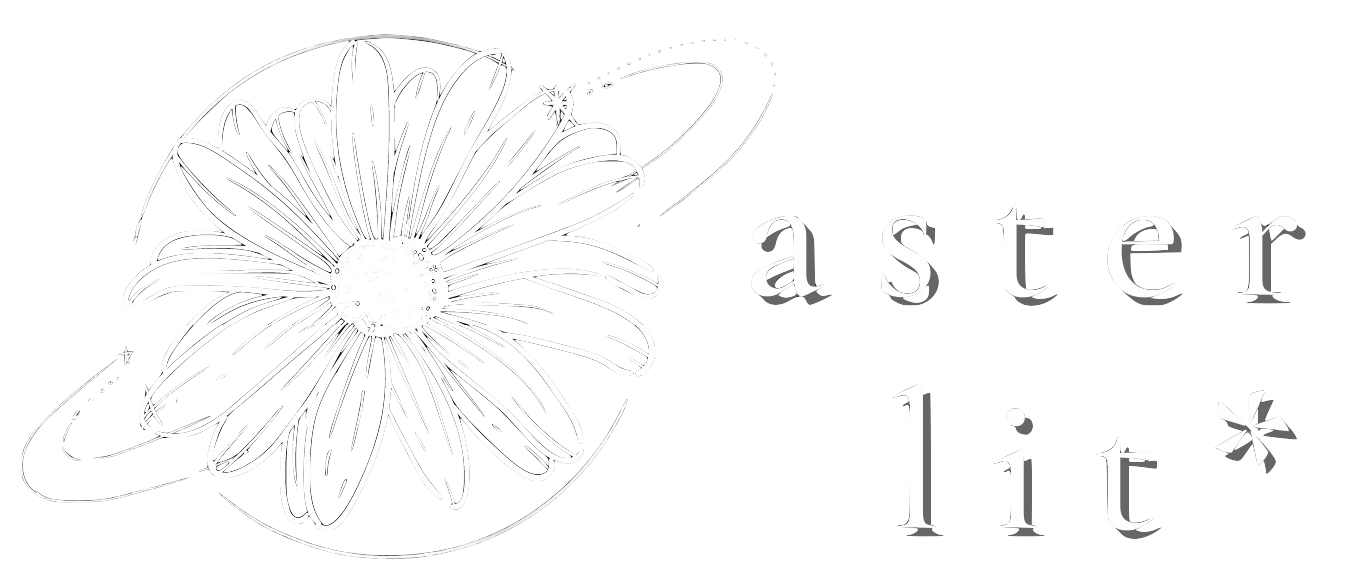
Aster Lit: translatability
Issue 12- Summer 2024
Translating Picture Books as a Love Language
Jane Lee
My earliest memory is my mom—엄마—reading me The Berenstain Bears on the warm-toned couches at our local library in the Californian heat: I am peering over her shoulder at the pink bow of Sister Bear and scrunching my 3-year-old nose at the muddy puddle the bears have succumbed to. The words, unlike the pictures, don’t form connections. Each page, filled with circles and lines, means nothing compared to my mother’s voice, whispering the story of Sister Bear and Brother Bear in the only language I know: Korean.
Translation: changing something—an idea, a language, a feeling—in order to allow another person to understand it in their own way. 엄마’s version of translation (번역) was reading my favorite book in English and repeating it immediately in Korean. Ignore that when she was a translator in Korea, she never translated English because she only learned it for her college entrance exam. Ignore that I am impatient and fussy, and when she takes too long to read out the page, I tug at her sleeve to ask her why she won’t read to me, ignore that she has only lived in the United States for two years and is still not used to the way Americans pronounce the letter “r.”
And because of this, I translate “translation” as a type of love language. Whether it’s through submitting translations of a book, a poem, or a memoir into another language to a literary magazine, or translating my own thoughts into Korean to communicate with my cultural community, I find that there is always a purpose to this action in order to appreciate someone.
During the second editorial branch meeting of the internship, I reread Enshia Li’s essay “WATCHING THE VOICE OF CHINA WITH MY MOTHER AT 13 / 13 岁的时候,我和妈妈一起看《中国好声音》” while listening to everyone’s interpretations. What differentiates interpretation from translation? Google tells me that interpreting something is less accurate than translation. When someone comments on the size of the text between the three parts, Angie, another intern in my group, interprets the size of the text differently than I do, highlighting the flexibility of interpretation. When I translate my mom’s text into English by reading it aloud, I read it word for word. I can’t even translate “interpretation” or interpret “translation” in a way that makes sense to me. In Li’s piece, one line stands out to me the most: “You’re Chinese too, I point out. / She laughs. A different kind of Chinese.” This hit close to home for me—living in the Bay Area, I’ve seen an immense variety of cultures, and within those cultures, another type of variety too. First-generation immigrants, second-generation, even those who immigrated on a green card. And yet, this tiny portion of America as a whole has become a community.
To me, translation serves no purpose if not to bridge each other—between two vastly different cultures, or between generations of the same heritage. Whenever someone mentions bridging, I’m reminded of “Chilseok,” a Korean fairytale my mom also read to me. In this tale, two star-crossed lovers are only allowed to meet on the seventh day of the seventh month in the Lunar calendar, when they quite literally build a bridge to meet. The power of love and the power of translation: both bridging gaps between people. Through this internship, I may not have fully bridged the gap between translation and me, but I have broadened my view on not only translation but the expansive writing community. I’ve immersed myself in the variety of the writing community through interacting with audiences from around the globe, editing international submissions, having peers that are in completely different time zones than me and look and speak very differently, and understanding each person’s views on translation and literature. I’ve had the opportunity to read translations of other writers’ poems and prose, interpret published pieces and discuss them with my group, translate myself into a collage on social media, and overall explore the idea of translation and why it is so vital in the writing world, specifically.
So how do I translate love? Is it the act of translating a book for your grumpy toddler, or sending your best friend an Instagram reel about fluffy cats, or the Korean puns I hear when I watch variety shows with my family, even though my parents always explain the joke to me? When I brainstormed to write this reflection, I wrote down that love is untranslatable. How do you translate a word that means so much to each person?
Love almost seems three-dimensional—having so many different facets and experiences and memories. To me, love translates into many things, and I’m certain that my translation of “love” is almost completely different from anyone else’s in the world. And maybe that explains why love is actually the easiest word to translate, the easiest word to interpret, and why I translate “translation” as love.
